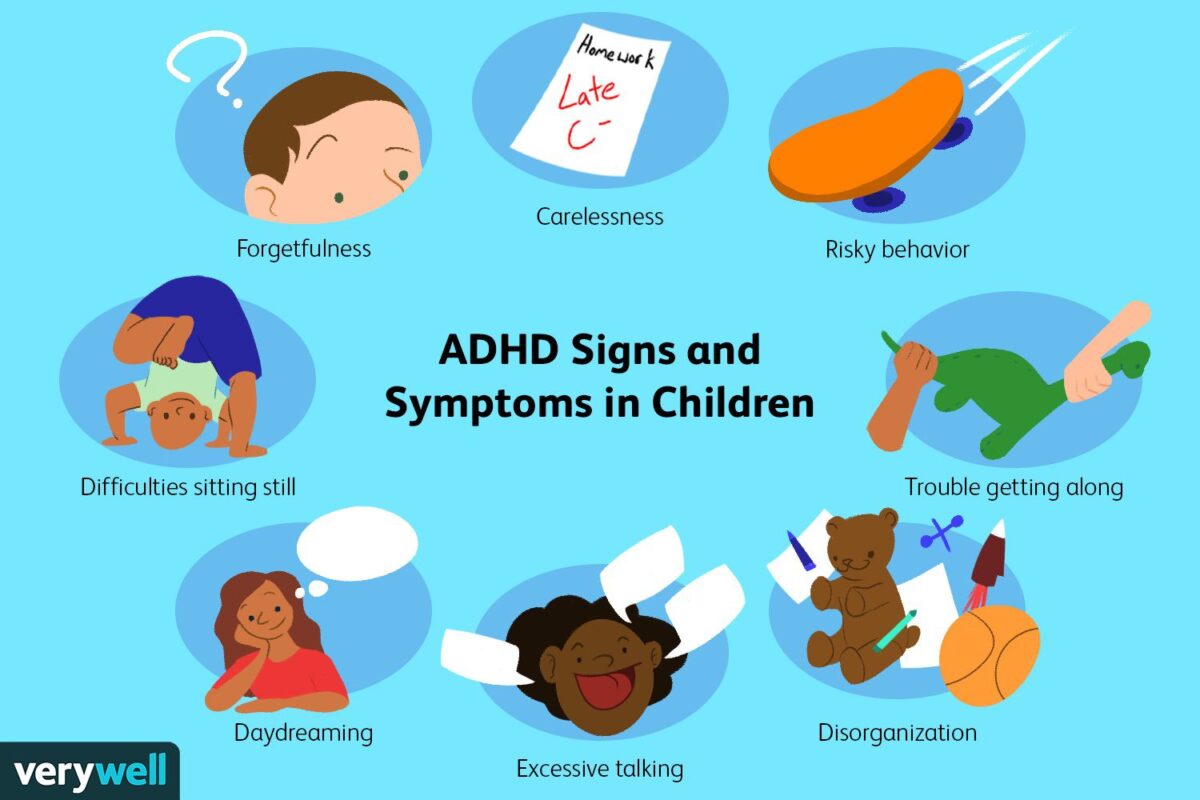Attention Deficit Hyperactivity Disorder (ADHD)
Attention Deficit Hyperactivity Disorder (ADHD) is a neuro developmental disorder characterized by a persistent pattern of inattention and/or hyperactivity-impulsivity that interferes with functioning or development. It is typically identified in childhood and can continue into adulthood. ADHD affects various aspects of life, including academic performance, occupational functioning, social interactions, and overall quality of life.

